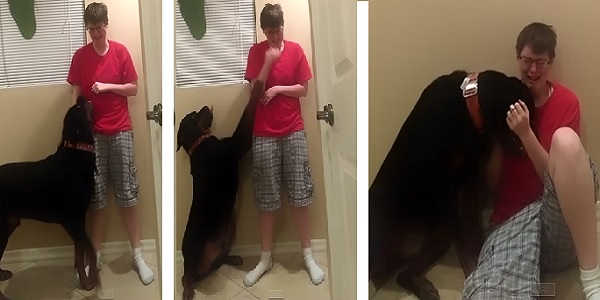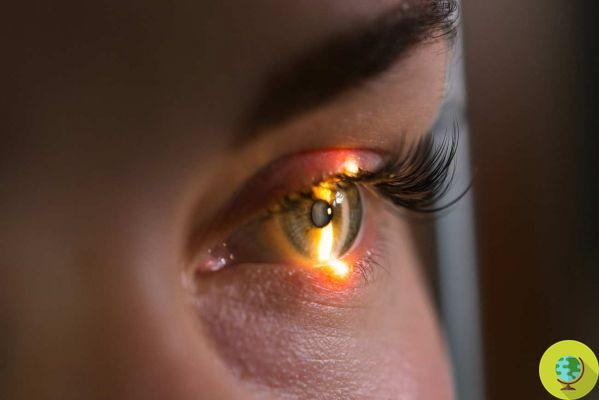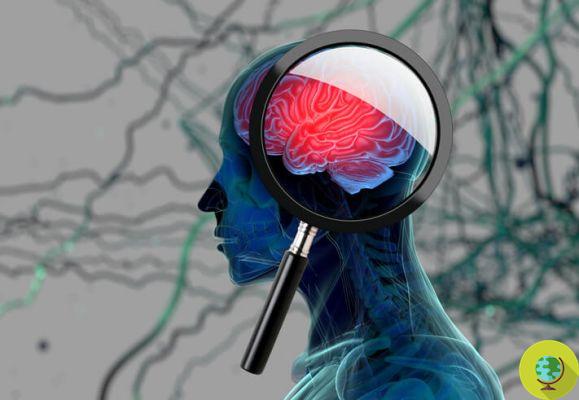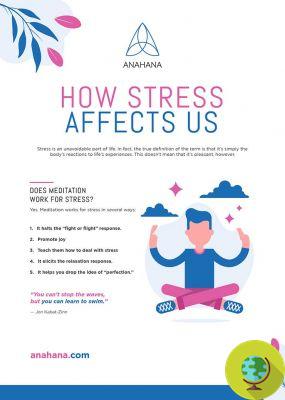Asperger's Syndrome (abbreviated to SA) is a pervasive developmental disorder. Here are all the signs to recognize it.
Don't store avocado like this: it's dangerousPervasive developmental disorder: this is how Asperger's Syndrome (abbreviated to SA) is defined, which forces those affected to have difficulties in social interactions and restricted models of behavior and interests. There are many traits in common with autism: AS is, in fact, part of the spectrum of generalized learning disorders or the autism spectrum. But there are some subtle differences. So what exactly is Asperger's Syndrome? And what are the signs to recognize it?
The term "Asperger's Syndrome" was coined by the English psychiatrist Lorna Wing in a medical journal in 1981, when he published a paper on this still little known variant of autism. The name is due to Hans Asperger, an Austrian psychiatrist and pediatrician whose work was not recognized until the 90s.
People with this syndrome have impaired social interactions, repetitive and stereotyped behavior patterns and very narrow interests. Unlike autism, there are no delays in language development or cognitive development. People known to the general public from Elon Musk to Greta Thunberg also suffer from it,
Index
What is Asperger's Syndrome
Considered a "High Functioning Autism" disorder of the autism spectrum, there has been specific research on Asperger's Syndrome only in recent times. What is certain is that the syndrome involves three aspects of development such as social relations, the use of language and interests.
The relationship with autism
Although there are many similarities with autism without mental retardation, the question of whether Asperger's Syndrome and high-level autism are actually two different and single conditions has not yet been resolved. The fact that until recently there was no "official" definition of Asperger's syndrome has generated great confusion and above all has not made sure that parents and doctors have guidelines on the meaning and consequences of Asperger's syndrome, including the type of diagnostic evaluation and the type of therapies and interventions justified.
Only in 94 did the situation change with the "official" introduction of the Syndrome in the DSM-IV (APA, 1994 - Diagnostic and Statistical Manual of Mental Disorders, or the Diagnostic and Statistical Manual of Mental Disorders, the "classification" for mental or psychopathological disorders most used by doctors, psychiatrists and psychologists all over the world), following a survey involving more than a thousand children and adolescents with autism and related disorders. From the results it emerged that Asperger's syndrome could be fully included in a diagnostic category different from autism, in the group that still concerns pervasive developmental disorders.
A step forward, therefore, which however has not solved all the problems, because the knowledge of Asperger's syndrome still has many limits: its diffusion is not known, what is the relationship between males and females and there is no full awareness of the any genetic links.
Symptoms and signs of Aperger's Syndrome

To characterize the SA is a set of symptoms, such as Non verbal learning disorder, social phobia, schizophrenia, poor personal hygiene, in some cases a real repulsion towards health products. Asperger's syndrome is also diagnosed for a number of comorbid conditions (disorders not due to the syndrome), such as depression, anxiety, obsessive-compulsive disorder.
Typically, the key points are:
- impaired social interactions
- monotonous activity and limited concentration
- narrow range of interests
- limited motor coordination
- emotional vulnerability
- average or above average intelligence and higher memory capacity

Specifically, the Mondo Aspie website makes a very detailed analysis of the recurring features:
In the affective-relational-communicative area they can occur:
- tendency to isolation
- inability of effective verbal interaction
- naive conversation
- inability to understand the implicit rules of play and conversation
- lack of empathy and preference for the rational sphere
- low frustration tolerance threshold
- anxiety
- poor attitude to mediation
In the motor and sensory area can occur:
- sensory disturbances
- reduced or excessive tactile sensitivity
- difficulty in receiving information from the simultaneous use of multiple sensory channels and preference for one channel
- lack of coordination
- difficulty in acquiring automatisms
In the cognitive area, the following can occur:
- tendency towards systematicity and cataloging
- difficulty understanding specific language, such as idioms or metaphors
- excessive attention to detail and aptitude to devote oneself to a single field of interest
- hyperlexia (early acquisition of reading skills);
- dyspraxia (difficulty in carrying out sequences of coordinated and intentional movements);
- dysgraphia
- difficulty recognizing faces (prosopagnosia)
- particular taste for humor
- refusal to approve
In the area of autonomy they can occur:
- attachment to habits
- poor autonomy
- difficulty in concentration, attention and control of the situation
- difficulty in organizing and carrying out several tasks at the same time
- difficulty in making quick choices
- difficulty in anticipating changes and planning one's future


























